Month: August 2021
Art Basel 2021
DANIEL BLAU is pleased to present an exhibition of modern and contemporary work by renowned international artists at Art Basel 2021. The show encompasses multiple media, from works on paper to oil paintings on canvas and stained-glass compositions.
Among the highlights is a selection of ink line drawings by Andy Warhol (1928-1987), presented here in stunning antique frames. His exceptional draughtsmanship and interest in the human form is visible in these early works from the ‘50s. Warhol’s drawings have been the focus of ever-growing attention in recent years, receiving widespread acclaim after a number of high-profile museum exhibitions, and we are pleased to bring them now to our Art Basel audience.
A number of contemporary artists, including Billy Al Bengston (b. 1934), Markus Lüpertz (b. 1941) and Georg Baselitz (b. 1938), will be exhibited through DANIEL BLAU as well. We are excited to be the first gallery to present a Bengston painting at Art Basel: his large, boldly colored 1981 Malu Draculas. It is a piece highly typical of Bengston, whose vivid watercolour and paper collages evoke the warm Pacific landscapes of his home, of the Californian and Hawai’ian earth, ocean, and sky he lives and works among.
The discovery of the “Dithyramb” – a term from the poetics of the antique world, originally denoting a form of song in praise of Dionysus, god of wine, and which has come in common parlance to describe an attitude of exuberance towards life, of a passionate ‘inspiration’ and ‘drunkenness’ – marks the beginning of Markus Lüpertz’s painting career. His thick brushstrokes lash out at the viewer from the large, two-meter canvas in the striking example exhibited here, Weintraube (Dithyrambisch), granting his subject – an otherwise ordinary bunch of grapes – a truly monumental quality.
Baselitz’s hand is immediately recognisable for the swift, confident strokes that characterise all of his work, from sculptures and paintings to more intimate paper-based art. On exhibition will be a first state proof (from an edition consisting of nine diverse prints) of one of his first, gigantic linocuts. Here, as in countless other works, the artist’s wife, Elke, acts as his subject and muse.
Also on display are two stained-glass windows by Neal Fox (b. 1981), whose colorful and highly detailed work takes a special delight in the musical and countercultural universes it references and asks us to revel in too.
A rare example from Kirkeby’s transitional period, a boldly painted eagle head referencing American Pop and Abstract Expressionist artists like Rauschenberg.
Eugène Leroy is a much-overlooked master of texture and light on canvas.
ar. Penck is present in one of his rare early canvases which at the time had to be smuggled out of East Germany – by unstretching them and folding them to fit in the trunk of a car to be exhibited on the western side of the iron curtain.
Fair Dates:
Vernissage:
September 20 – 23, 2021
11 am – 8 pm
Public Days:
September 24 – 26, 2021
11 am – 7 pm
Booth F10
Messeplatz 10
4005 Basel
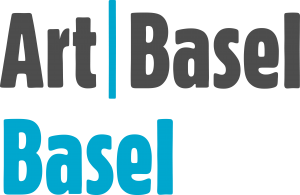
It sparkles and shines; it absorbs light, and it casts light back with a unique, effusive clarity. Water is omnipresent.
Wasserspiele
It sparkles and shines; it absorbs light, and it casts light back with a unique, effusive clarity. Water is omnipresent. On a planetary scale it overwhelms us – it fills our oceans, weighs down the air around, wears the earth beneath our feet down and away into plunging gorges and vast canyons, and coats that earth again in crystal ivory when the air and earth turn frozen. On the microscopic scale it finds its way everywhere, dissolving and diluting, breaking nutrients down and conducting them onwards to feed the cells of plants and animals.
This elemental blend of two parts hydrogen and one part oxygen serves as home for countless species of organisms, ranging from the largest to the smallest forms of life on the planet. Because water can hold and carry things both living and lifeless, its purity varies dramatically, along with its best possible uses from one source to another.
Evaporation of water acts a magic cleanser, leaving solid impurities behind as the pure moisture is drawn into the skies, re-gathered in clouds and re-distributed across earth and ocean with the help of global air currents and crashing storms. Water’s immense power is central to local, national, and international political scuffles and decision-making processes. It has molded and will only continue to mold geography both physical and political, and, with it, the history of human life. Social systems and customs are intimately bound up with the availability of water, and there is no economy on earth that does not leverage its value or suffer from its scarcity. The physical record of water’s changing impact over the centuries and millennia often are found concealed underwater, in soil, jungles, and caves, luring anthropologists, just as journalists and storytellers are drawn to the fascinations of fire, flood, and hurricane, and the opportunity to weave new tales from the devastation and prosperity water can bring. Its influence in language, music, art, theater, and ritual ceremony and custom is nearly endless – think of Sumidagawa in classical Noh theater, of the rain dances of indigenous cultures worldwide, of Moby Dick or Rusalka (or The Little Mermaid!).
Water is the fundamental shapeshifter. It reflects color, catches light, flows, and freezes. Even as it turns predator to the unwary, it becomes artistic prey for photographers, filmmakers, and painters, seeking to capture the fleeting, spellbinding truths it contains, casts back, and carries away.
Text adapted from: https://magazine.libarts.colostate.edu/article/water-as-science-and-art/
All photographs are available for purchase. Prices upon request. For further information please send an email to: contact@danielblau.com
All offers are noncommital. We cannot guarantee the items are still available on request.
Other Diversions
Franz Schubert - Gesang der Geister über den Wassern Article 'Aqua Depicta' Fallingwater M.A. Thesis 'The Ocean in Moby Dick' Water Encyclopedia NASA Blue Marble Collection Ocean Waves Sounds Handel - Watermusic Trick Fountains Hellabrunn Turner's Sketchbooks, Drawings, Watercolors
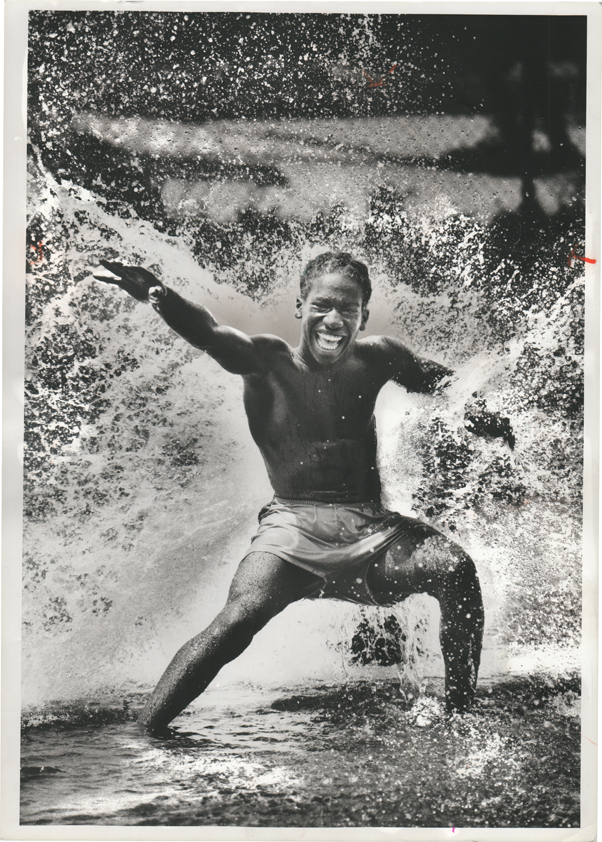
3 under 30
Daniel Blau is pleased to announce the winners of 3 Under 30, the gallery’s competition for young photographers.
- Jimmy Chin Kiu Lee
- Sarah Louise Lordan
- Manon Martsch
The gallery received numerous submissions from emerging artists around the world. The winning photographers were selected based on the strengths of their portfolio and accompanying statement.
We will present a selection of works by these talented photographers at a group exhibition in Paris during Photo Saint Germain November 2021.
We wish to congratulate these photographers and we look forward to working with them on the Paris project.
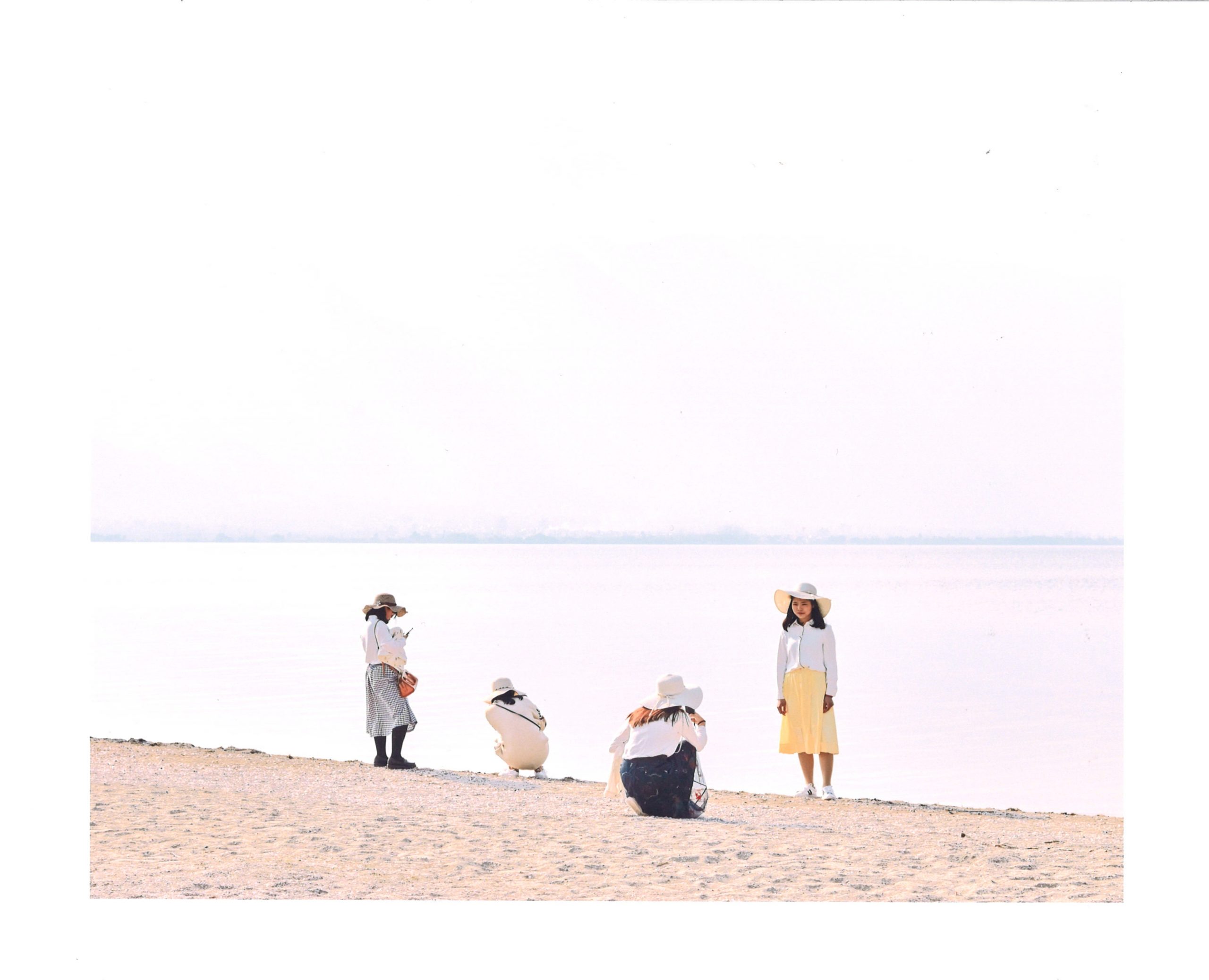

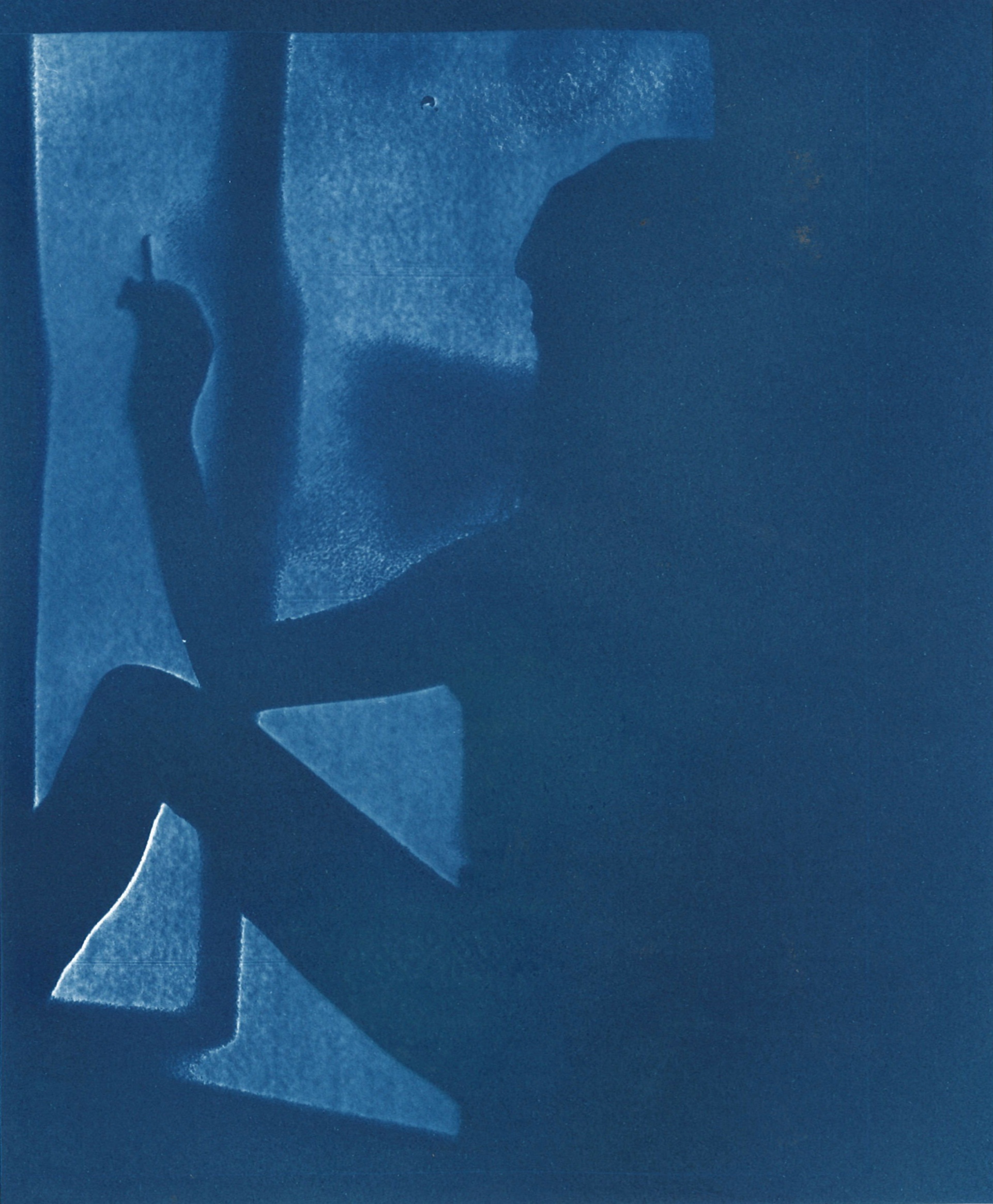
Digital technology has made the process of altering photographs faster and easier, more difficult to detect, and more accessible to more people – many more people – than at any point in history.
The Art of Airbrush
“I do not understand why this is supposed to interfere with the truth. … Photography is still a very new medium and everything is allowed and everything should be tried.”
(Bill Brandt, “A Statement,” (1970), in: Bill Brandt: Selected Texts and Bibliography,
ed. Nigel Warburton (Oxford: Clio Press, 1993), p. 31.)
Digital technology has made the process of altering photographs faster and easier, more difficult to detect, and more accessible to more people – many more people – than at any point in history. Its beginnings, though, stretch back far further than the late twentieth century and the advent of digital photography. Though the technology may be new, the desire to modify camera-captured images is as old as photography itself, and the determination of artists and inventors through the generations has brought new techniques and innovations at every step. Nearly every kind of photographic manipulation we now associate with Photoshop was once part of photography’s analog repertoire, from slimming waistlines and smoothing away wrinkles to replacing backgrounds and adding people to group shots (or, in other cases – removing them!). From the earliest days of photography onward, photographers have devised a staggering array of techniques, including multiple exposure, photomontage, combination printing, airbrush retouching, and more.
(Adapted from: Mia Fineman, Faking it. Manipulated Photography before Photoshop (New York: Metropolitan Museum, 2012), p. 5-6.)
Winston Smith, protagonist of George Orwell’s novel Nineteen Eighty-Four and civil servant in Oceania, the totalitarian superstate ruled by ‘the Party’ works in the Records Department of the Ministry of Truth, where he spends his days ‘rectifying’ historical documents to accord with the Party’s latest version of reality – falsifying the past to square it with the ideological needs of the present. One day, while rewriting a newspaper report concerning a speech by Big Brother, he invents a fictious war hero, Comrade Ogilvy, whose death the rectified speech will commemorate. “It was true that there was no such person as Comrade Ogilvy,” Winston reflects, “but a few lines of print and a couple of faked photographs would soon bring him into existence. […] Comrade Ogilvy, who had never existed in the present, now existed in the past, and when once the act of forgery was forgotten, he would exist just as authentically, and upon the same evidence, as Charlemagne and Julius Caesar.“
(George Orwell, Nineteen Eighty-Four (1949), quoted in Mia Fineman, Faking it. Manipulated Photography before Photoshop (New York: Metropolitan Museum, 2012), p. 89.)
When Orwell was writing, in the late 1940s, the Stalinist project of historical revisionism was in full swing in the Soviet Union, and the faking of photographs was a key tactic in the regime’s systematic falsification of the past. A manipulated photograph could endow political fiction with an air of factual authenticity. The falsification of photographs was widespread in the Soviet Union, but it was hardly unique to that country or that political system. The temptation to ‘rectify’ photographic documents has proved irresistible to modern demagogues of all stripes, from Adolf Hitler to Mao Zedong to Joseph McCarthy.
In a relatively benign example discovered among the files of Hitler’s official photographer, Heinrich Hoffmann, Nazi propaganda minister Joseph Goebbels is excised from a publicity photograph taken at the Berlin home of filmmaker Leni Riefenstahl in 1937, possibly in order to combat rumors that Goebbels and Riefenstahl were having an affair.
(Adapted from: Mia Fineman, Faking it. Manipulated Photography before Photoshop (New York: Metropolitan Museum, 2012), p. 89-90.)
Airbrush:
Tool that combines a liquid medium with air and forces it through a tiny orifice to produce a fine mist for smooth application of the medium to a substrate. First patented by the American Francis E. Stanley in 1876 and used for coloring and coating photographs as well as for retouching, the airbrush was a precursor to aerosol spray paint.
(Adapted from: Mia Fineman, Faking it. Manipulated Photography before Photoshop (New York: Metropolitan Museum, 2012), p. 270.)
All photographs are available for purchase. Prices upon request. For further information please send an email to: contact@danielblau.com
All offers are noncommital. We cannot guarantee the items are still available on request.
Other Diversions
PhD Thesis on Airbrushing Airbrushinfo.net Blau Bulletin #1 (Retouching in Photography) Airbrushed From History (Article The Independent) How Politicians Are Retouching Their Photos Artists Working With Airbrush Barrie Cook (The Guardian) Digital Retouching of Skin with Airbrush







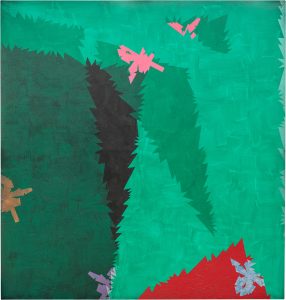
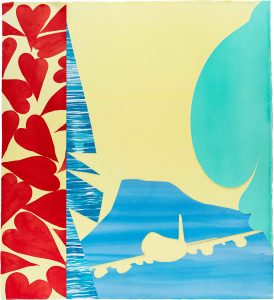


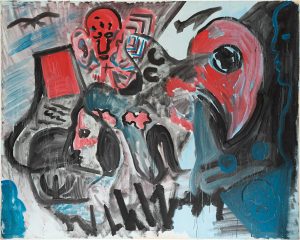
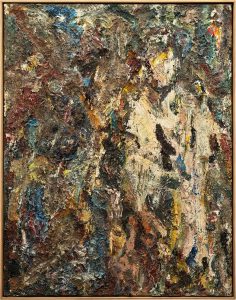
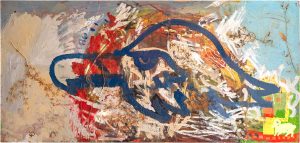
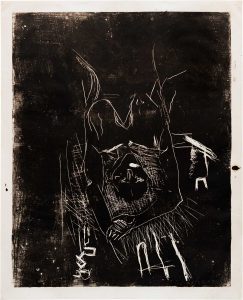
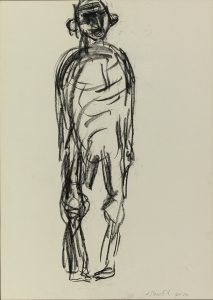
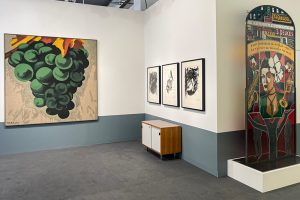
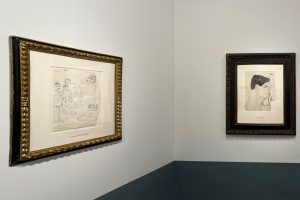
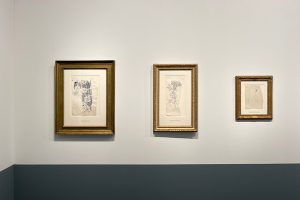



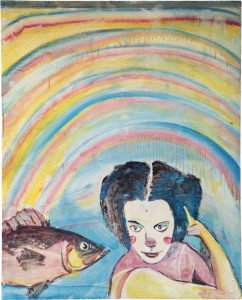
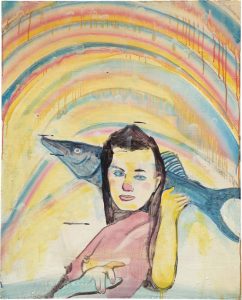

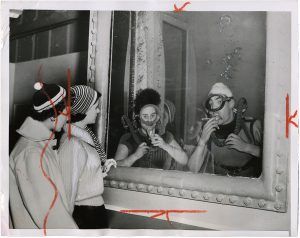
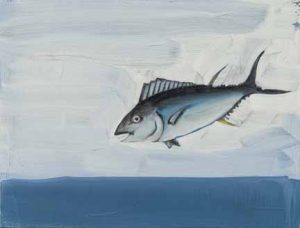

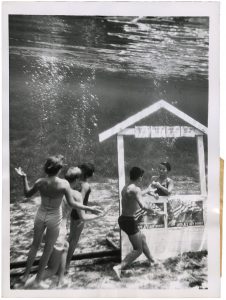
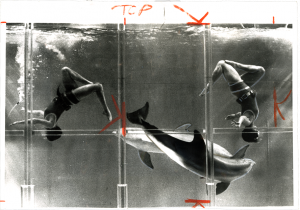


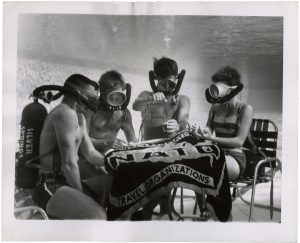
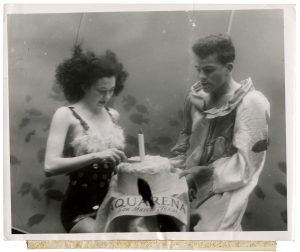
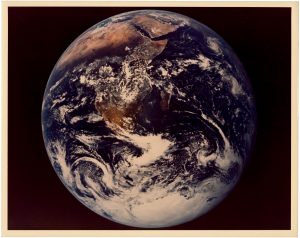
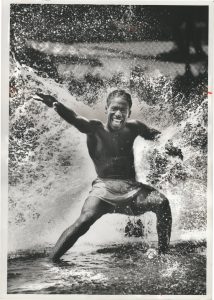
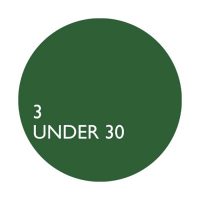
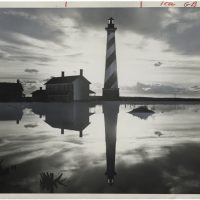
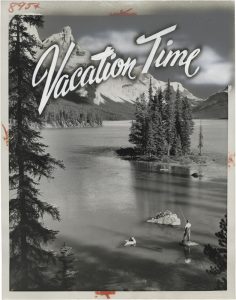
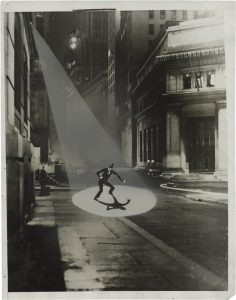
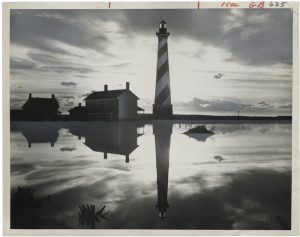
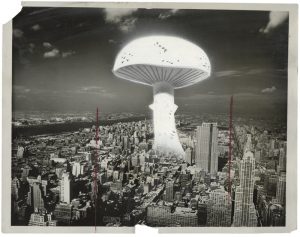


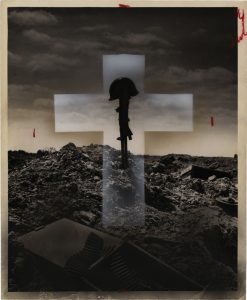
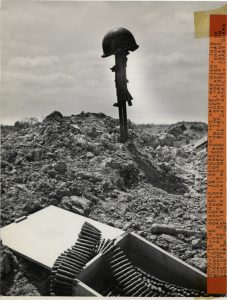
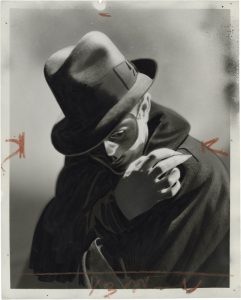
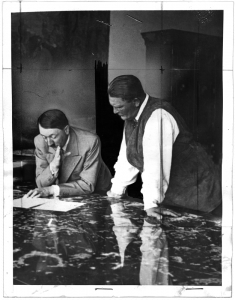
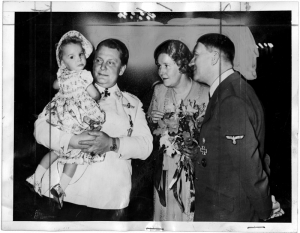

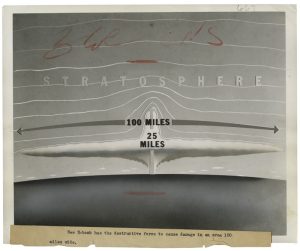

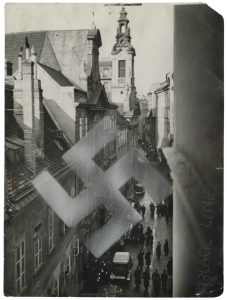
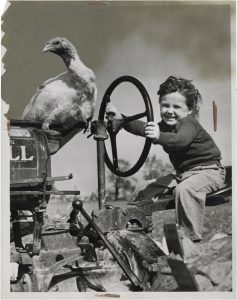
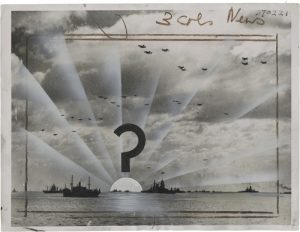
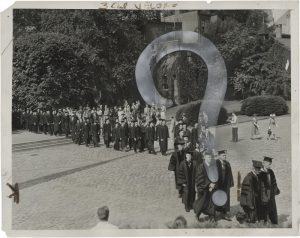

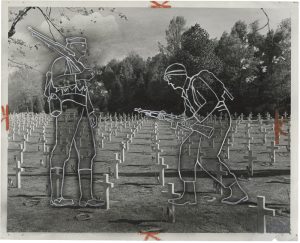

 +49 89 29 73 42
+49 89 29 73 42